Uruguay remains somewhat of a mystery to many North American travelers. Small, under-the-radar, and less boisterous than its immediate neighbors, your first question might be, “Why travel to Uruguay?”
Once you’ve been turned on to its charms, it’s time to start dreaming up a luxury Uruguay vacation. Here are some of the best things to do in Uruguay that our South America destination experts love to include on a tailor-made itinerary.
The best things to do in Uruguay
1. Go on a road trip

With cities and regions of interest no more than a few hours apart, Uruguay is prime country for a road trip. Well-maintained roads make it a safe and easy place to navigate. And Uruguay drives on the right-hand side, just like home. Winding along the coast and country roads, there are many reasons to make a leisurely stop.
- Arrive via Buenos Aires to Colonia del Sacramento by ferry, then sweep east to west in a linear road trip. Alternatively, arrive in Montevideo and use it as a hub, traveling east to Colonia and Carmelo, and then westward, wrapping up on the beaches of José Ignacio or Punta del Este.
- Not interested in driving? We can arrange a private driver for your Uruguay luxury vacation.
- Uruguay is a year-round destination, but you’ll want to visit between November and March if you plan to catch some sun at the beach.
2. Dine on sizzling asado
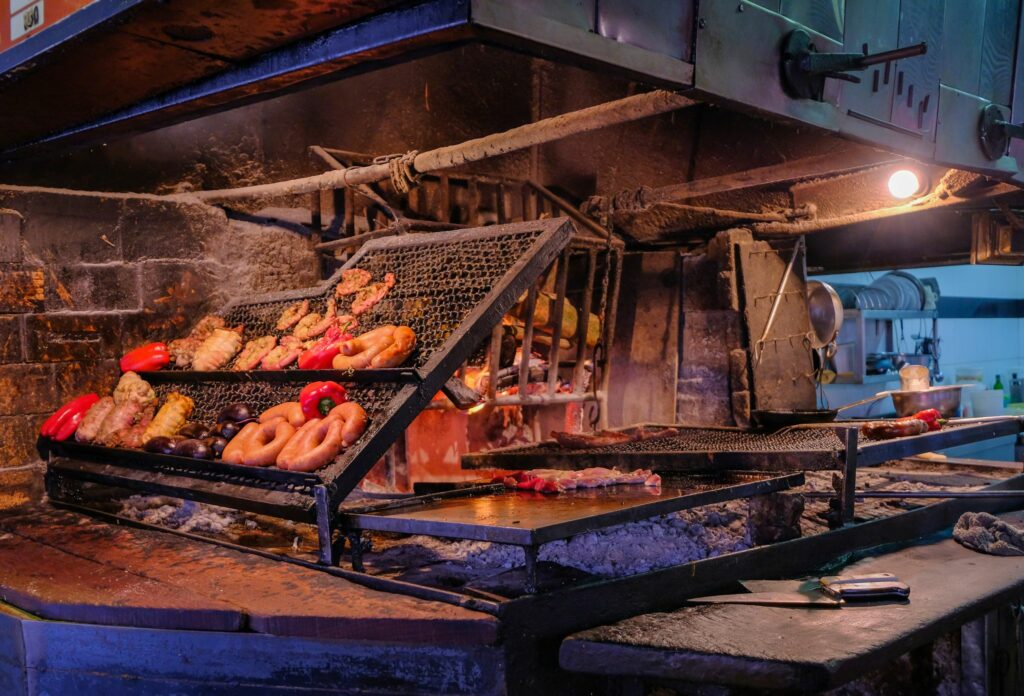
Gaucho culture is big in Uruguay; cattle nearly match the human population. Asado, or barbeque, is the preferred way to cook meat here—and families often gather for a social meal of grilled proteins. Meat is seasoned but not typically flavored, so you’ll have to request sides like chimichurri sauce or fresh salsa.
- Go hungry to Montevideo’s historic Mercado del Puerto (Port Market) where you can peruse stalls upon stalls of asado on tantalizing display.
- Uruguayans take pride in high-quality protein but note that you may find all parts of the animal on offer. If you’re unsure about a cut of meat, just ask.
- Asado can be a casual affair, enjoyed take-away style, or elevated, served as a multi-course meal.
3. Sample tannat wine
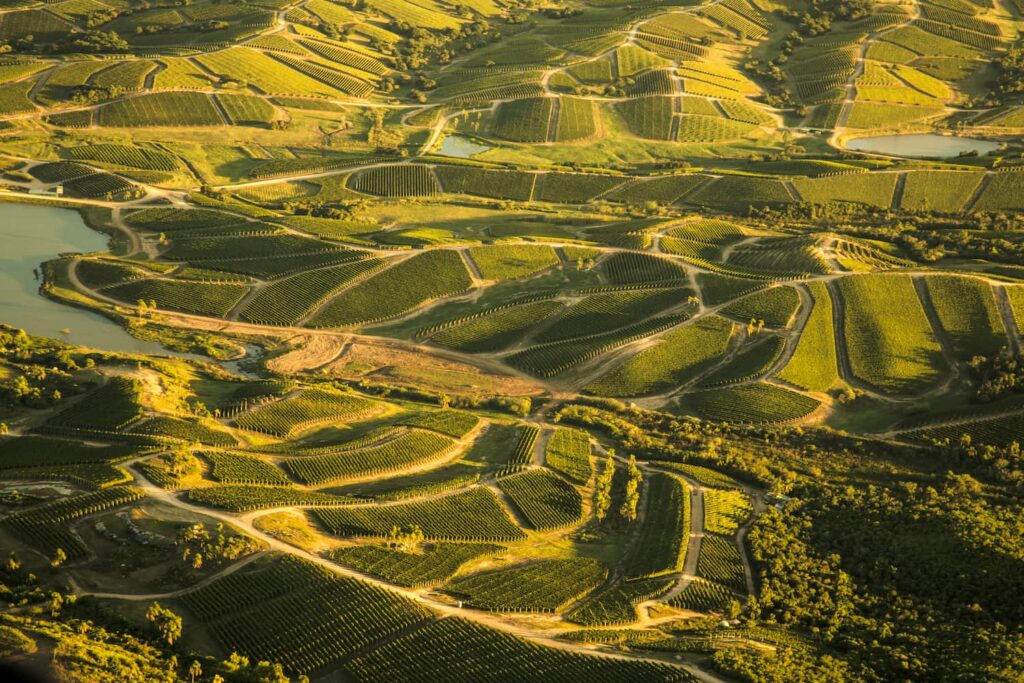
Uruguay’s signature wine varietal is tannat, a punchy bold red that carries heavy and fatty dishes well. Basically, it’s a food pairing love match for asado.
- Compared to its mass-producing neighbors, most of Uruguay’s production is consumed domestically, and made by small wineries. (Bodega Garzón is one of the deliciously exported exceptions.) Wine tasting in Uruguay means that the hand pouring your sample may very well be the maker—or his/her family.
- Carmelo and the Maldonado Region both have luxurious destination wine resorts where you can sip and sleep among the vines while savoring farm-to-table meals.
- Bike rides and long lazy picnic lunches are splendid ways to enjoy Uruguayan Wine Country.
4. Relax at the beach

Uruguay’s premier beach towns, Punta del Este and José Ignacio, are located west of Montevideo, along its Atlantic Coast—and they could not be more different. Whichever suits your taste, they both offer horizon-swallowing sunsets, memorable luxury accommodations, golden sand, and surf breaks. Hitting the beach isn’t merely one of the best things to do in Uruguay, for some, it’s the reason they come in the first place.
- Polished and glamorous, Punta del Este is often compared to Miami’s South Beach. High-rises stand next to the beach, yachts bob in the marina, and it’s the type of place where nightclubs open after midnight. Shop, eat, dance, sink your toes into the sand, and repeat.
- In laid-back José Ignacio, undulating sand dunes invite you to go barefoot. Here, boho beach bars mingle with high-design resorts. Move inland and you’ll find pampas, romantic estancias, and Wine Country.
- There is “beach” in places like Montevideo, Carmelo, and Colonia, but it’s technically Río de la Plata riverbank.
5. Toast the sunset from the Río de la Plata

Uruguay enjoys 410 miles of shoreline, but a closer look at the map reveals it’s not all Atlantic Coast. In combination with the Paraná River, the Uruguay River (which forms the country’s western border with Argentina) pours into a body of water called the Río de la Plata. Fanning out in the shape of an estuary, Río de la Plata measures 140 miles at its widest before merging into the Atlantic Ocean. Buenos Aires and Montevideo are both seated on the basin. Río de la Plata translates to “river,” but depending on where you’re standing, it can feel more like a gulf or a bay. Less ambiguously, it’s the perfect foreground to frame Uruguay’s spectacular sunsets.
- Toast to another splendid day in Uruguay aboard a sunset sailboat cruise in Carmelo.
- Pack a cooler and take a walk down Montevideo’s rambla (the world’s longest pedestrian walkway) to find the perfect spot.
- Guests of Narbona Wine Lodge have access to a private “beach” club on the Río de la Plata. Relax in a palapa and snack on clay oven pizzas while the sky shifts through a kaleidoscope of color.
6. Tour Colonia del Sacramento’s cobblestone streets

When the Portuguese settled Uruguay in 1680, they founded Colonia del Sacramento. Situated on the Río de la Plata, the town is UNESCO-designated and maintains plenty of historic charm. Cobblestone streets, single-story buildings, tile roofs, and antique cars all lend to the feeling of walking back in time.
- Park the car; landmarks and sites within the Barrio Histórico (colonial quarter) are within walking distance.
- Tour stops should include Calle de los Suspiros (Street of Sighs), Plaza Major, the ruins of the Convent of San Francisco, and the lighthouse. Our best advice: go with an expert guide who can enliven these stone walls and ruins with anecdotes and lore.
- Once you’ve fully dosed on history and culture, retire to a streetside table to soak in the romantic atmosphere and to do a little people-watching, too.
7. Go horseback riding across the pampas with a gaucho guide

Much like American cowboys, gauchos have ascended to folk hero status, but at the end of the day, someone has to keep tabs on the country’s millions of cattle. Saddle up with a gaucho guide—possibly on a surefooted Criollo, a breed emblematic of Uruguay—to experience rolling pampas while getting a taste of ranch culture. It’s one of the best things to do in Uruguay.
- Horseback riding can be enjoyed by beginners and experienced riders alike.
- Extend the experience by staying on a family-owned estancia (ranch).
- Take a polo lesson at Estancia Vik.
8. Admire the art scene in Punta del Este
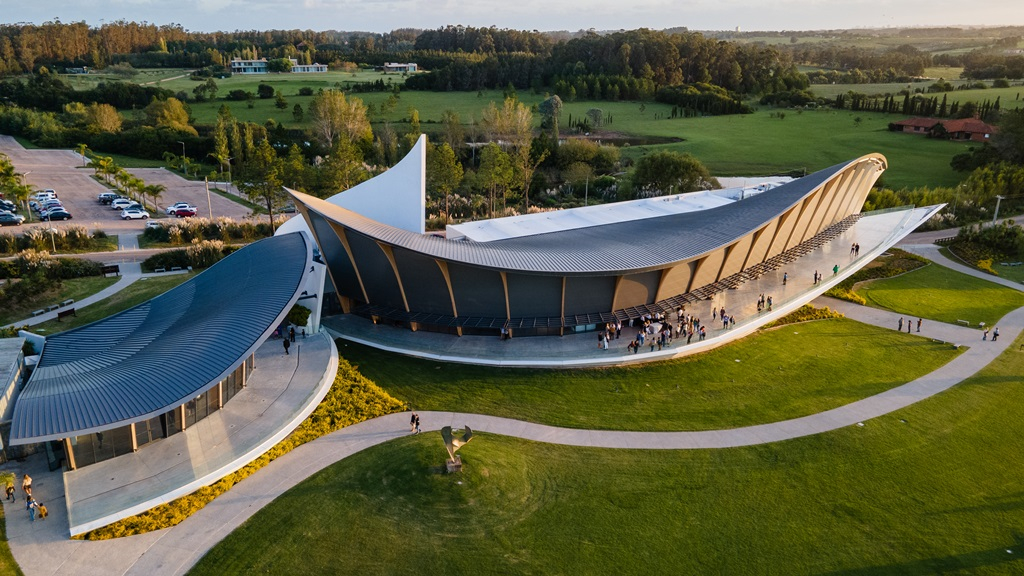
Punta del Este. Yes, it’s glitzy. Yes, the marina is chock full of yachts. It’s a beach destination—pack espadrilles, not flip flops—with a reputation for nightlife, but it’s also a buzzing art hub. Uruguay breeds, raises and attracts creative types, and Punta del Este is where you’ll find several well curated galleries and notable museums showcasing both national and international art. If you’re not looking to take a piece home, there’s plenty to appreciate, too.
- Pay a visit to the Ralli Museum for contemporary Latin and European works.
- Not far from Punta del Este is Casapueblo whichlets visitors peek into the creative genius of Uruguayan artist Carlos Páez Vilaró.
- The Atchugarry Museum of Contemporary Art (MACA) features five exhibition rooms and a sculpture park on the 90-acre site. Equidistant from Punta del Este and José Ignacio, MACA a must-visit for art lovers staying in either town.
- Using the Ruta de Art map, make an artsy mini-road trip from Punta del Este to Garzon.
9. Appreciate tango in its contested birthplace

When you imagine tango, it’s probably Buenos Aires—or more broadly, Argentina—that springs to mind. In reality, the dance was co-founded around the mid-1800s on both sides of the Río del la Plata basin. Influences flowed from many directions, including Argentine milonga and Uruguayan candombe. Visiting a milonga (a tango salon) to admire a lively tango performance is handily one of the best things to do in Uruguay.
- Take a dance lesson in Montevideo. Compared to Buenos Aires, venues here are less frequented by tourists.
- Viva el Tango, Uruguay’s annual festival, takes place each October.
- For a short deep dive complete with artifacts and mementos, visit Museo del Tango La Cumparsita (where the famous song of the same name was written.)
10. Sample yerba maté
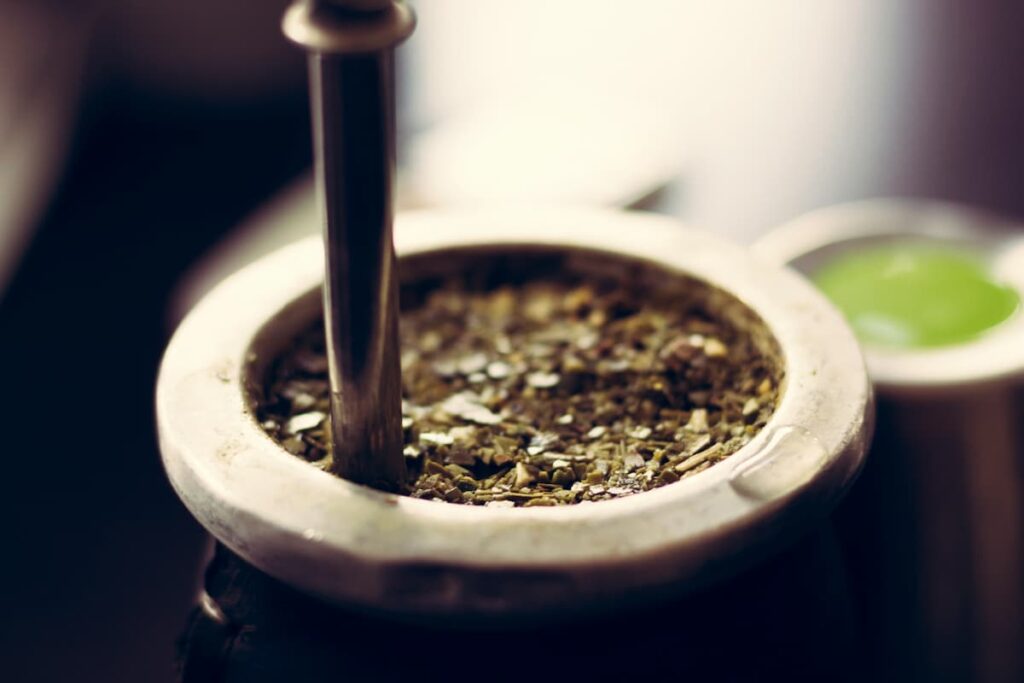
More than a drink, yerba maté is ubiquitous in Uruguay. It’s caffeinated, but don’t mistake it for a coffee break. It’s steeped, but unlike tea, is consumed through a bombilla (metal straw). Rather, maté is a ritual drink woven into Uruguay’s social fabric (and Argentina and Paraguay, too.) Maté is as much about the beverage as an espousal of values. With care, one person (the cebador) prepares the drink in a gourd (vessel), from which everyone shares—an act of inherent generosity. And most importantly, the tradition holds space for connection and unhurried conversation.
- Travelers can take a workshop to learn about the process of brewing maté and its history.
- You’ll find markets and shops selling all manner of maté-brewing paraphernalia.
- You can not order maté at a café, unless they are catering to tourists. Instead, do as the locals do: head to the nearest park or beach and drink maté over lively conversation.
11. Stay in a high-design resort or on a working estancia
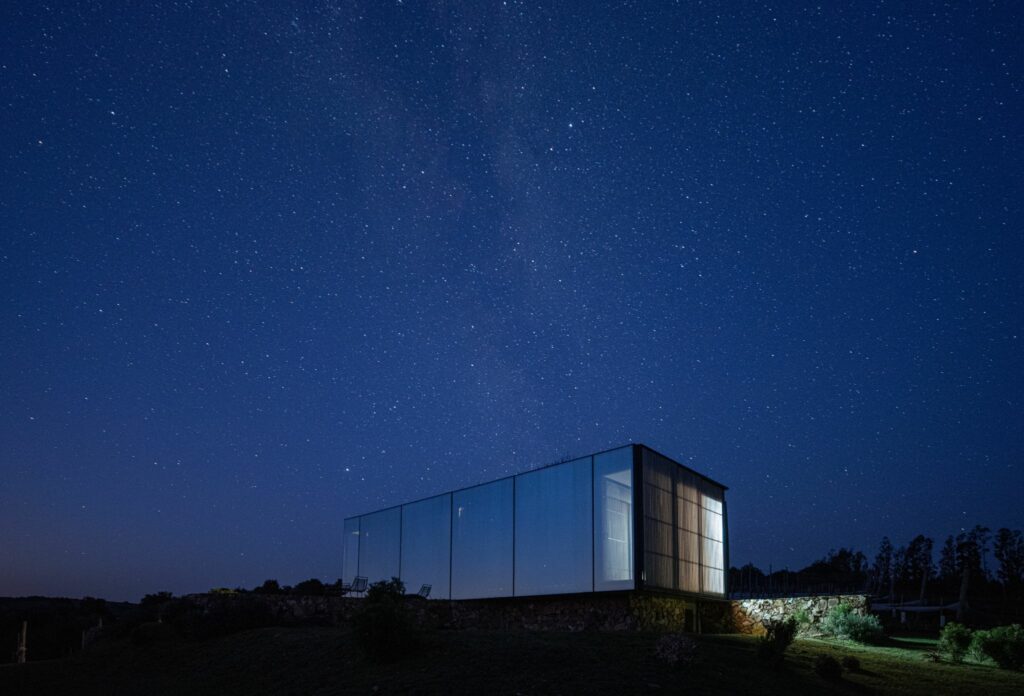
Architects and designers have left fingerprints across Uruguay, creating some of the most visually arresting hotels and resorts. Some are meant to fold harmoniously into the landscape while others stick out at right angles.
Memorable and experiential stays are also had on working estancias (ranches). Uruguay’s estancias tend to be less touristy than Argentina’s, and some are as boutique as two guestrooms. Where hotels can feel anonymous, estancias are anything but.
- Sacromonte Landscape Hotel’s 13 glass-walled refugios “cabins” disappear into the landscape while giving frameless views from the inside—in complete privacy.
- Striking from every angle and clad in organic materials, ultra-modern Fasano (near Punta del Este) is worthy of a feature in Architectural Digest.
- In José Ignacio, a trio of swoon-worthy Vik hotels (two beach properties and one estancia) are plastered with art, and each is distinct in its personality.
12. Catch fútbol fever

If fútbol (soccer) is a religion in Uruguay, Montevideo’s Estadio Centenario is without a doubt, its most sacred temple. After the country took gold in the 1924 and 1928 Olympic Games, FIFA selected Uruguay to host the inaugural World Cup tournament. Uruguay won that, too.
Whether you’re an ardent fan of the sport or not, catching fútbol fever in the stadium that held the first-ever World Cup is an experience that will draw travelers into the national psyche. It’s also just a lot of fun—and one of the best things to do in Uruguay.
- Visit Estadio Centenario and tour the Museo del Futbol.
- Take your place in the grandstand for a game—just don’t expect to sit.
- Soccer games in Uruguay see fewer rowdy shenanigans than those that sometimes erupt during games in Buenos Aires. If a crowd isn’t your scene, enjoy the game from a lively bar nearby.
13. Step back in time in off-grid Cabo Polonio

If you could go back two decades in José Ignacio, it might feel a lot like Cabo Polonio. A small, off-grid beach hamlet with a population numbering in the low hundreds, this white-washed fishing village moves at an unhurried pace. Hugged by sand dunes, the only way into roadless Cabo Polonio (for visitors, anyway) is via oversize all-terrain trucks.
- Hike from nearby Valizas to cross the dunes that skirt the wilderness of Cabo Polonio National Park. Look to the sea to possibly spot whales and dolphins. This area is also home to a large colony of sea lions which you’ll often see sunning themselves on the shore.
- Playa Sur and Playa Norte are some of the prettiest beaches in Uruguay.
- Don’t leave without dining on fresh seafood in a village restaurant.
14. Take a carnival tour and experience candombe

Uruguay, full of surprises, lays claim to the longest carnival celebrations in the world. In Montevideo, festivities can last as long as 40 days. From the outside, the parades, elaborate costumes, street parties, and exuberant live music resemble carnival celebrations seen around Latin America. But Uruguay’s has a special cultural connotation woven deep into its traditions: candombe. Today, candombe is experienced as a drum-based rhythm and performative dance, but its origin traces back centuries to Uruguay’s enslaved people of African descent. Often representing themes of resistance while holding close the collective memory of community, it’s a uniquely Afro-Uruguayan part of the country’s carnival celebrations.
Want to attend carnival in Uruguay in person? Trust, us, it’s one of the best things to do in Uruguay. Festivities might start in mid-to-late January and end in early March. But there’s plenty to be experienced year-round.
- Get oriented to the traditions, sights, sounds, and history of carnival at the Carnival Museum.
- Visit a local drum shop and participate in a percussion workshop (no experience necessary!)
- Enjoy a participatory candombe demonstration featuring carnival personalities like Mama Vieja, the Gramillero, and Escobero.
15. Take a cooking class
Bring a forever souvenir back home with you: a Uruguayan recipe to recreate in your own kitchen. Many of Uruguay’s wine-growing regions also produce fresh vegetables and fruit, with which, chefs transform into gourmet plates.
- Take the (tasty) opportunity to learn about regional cooking styles and flavor pairings during a cooking class.
- In Colonia, enjoy a private culinary workshop with Chef Sergio Vidra, who is no stranger to television cooking programs. Using local ingredients, he will teach you to create a signature lamb dish with a wine pairing. After dinner, sample some exclusive cocktails made with local fruits and herbs.
- Overlooking the Garzon Lagoon, join Chef Isidro Arocena in a cooking class that will prepare a delicious lunch not only for yourself, but the children of a nearby rural school, too.
Explore Uruguay on a map
Private luxury Uruguay travel itineraries
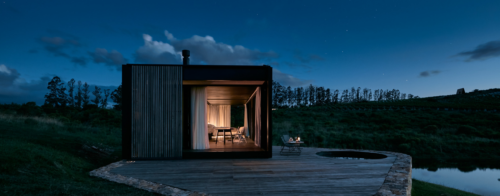
- Itinerary
Luxury Uruguay Escape
Culture, vineyards, and beaches in up-and-coming Uruguay Uruguay is a small country with many unique…

- Itinerary
Art, Gastronomy, and Wine in Uruguay
Indulge in Uruguay’s burgeoning arts and culinary scene Uruguay proves to be an exceptional…

- Itinerary
Highlights of Uruguay
Explore the best of Uruguay on this two-week trip through the highlights Uruguay offers a…
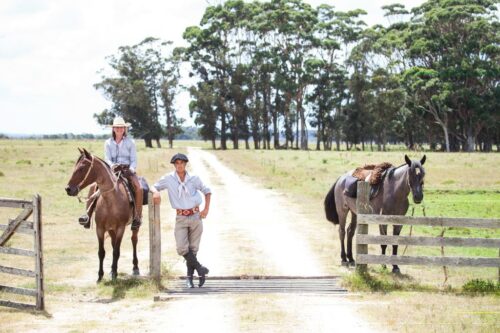
- Itinerary
Uruguay & Argentina: Gauchos and Estancias
Be swept back in time with a visit to Argentina and Uruguay’s estancias What could be more…
Our favorite luxury hotels in Uruguay
Keep reading about luxury Uruguay travel
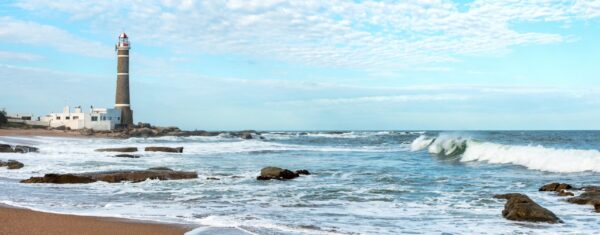
Why Travel to Uruguay? 7 Reasons to Put this Underappreciated Travel Destination on Your Radar
Uruguay is still a mystery to many travelers. Our South America specialists explain what…
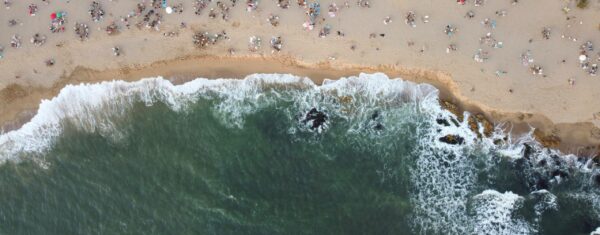
The Best Time to Visit Uruguay
When is the best time to travel to Uruguay? Located in the southern hemisphere, Uruguay is…
Plan your Trip
Ready to start planning your own incredible adventure? We make the process stress-free and enjoyable.






